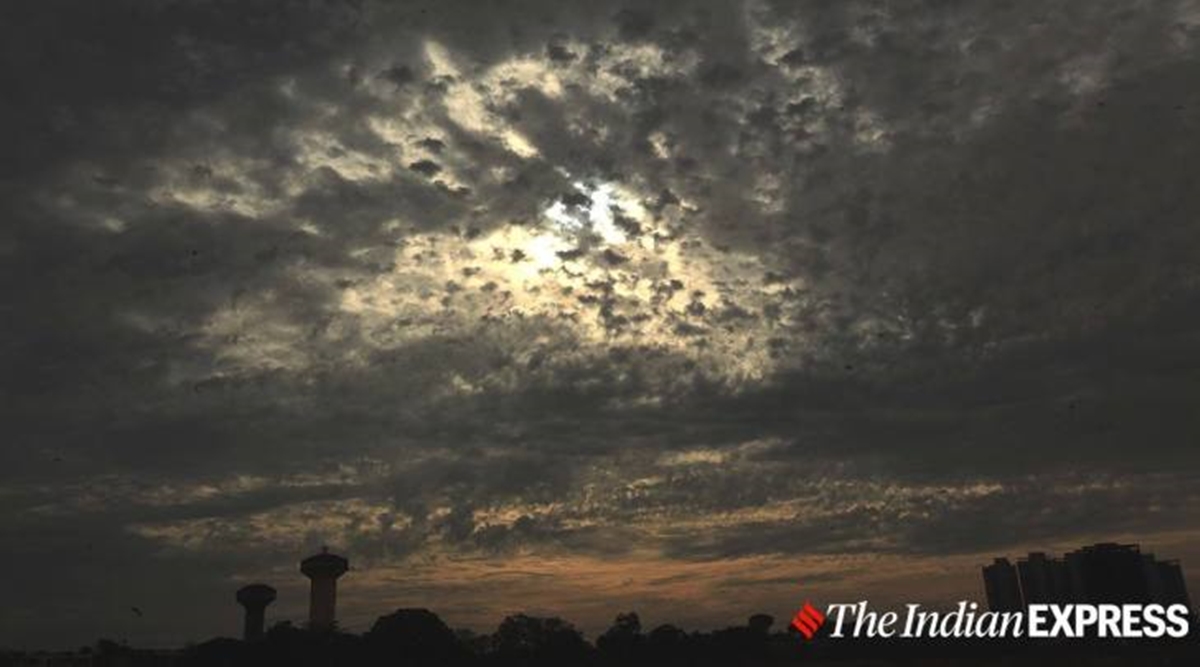In addition to weather predictions, historical meteorological data is key in climate studies which help in recreating and understanding the evolving climate.
The India Meteorological Department (IMD) Tuesday launched a dedicated web portal of its over-a-century-old meteorological data. This data can be accessed by forecasters, researchers, students and the general public.
Dr M Rajeevan, Secretary, Ministry of Earth Sciences (MoES) launched the portal on the occasion of World Meteorological Day (WMO) observed on Tuesday. The portal has been developed by the scientists of the National Data Centre (NDC) at the Climate Research and Services (CRS) office of IMD, Pune.
The IMD Pune office is the sole custodian of all meteorological data of the country and is presently home to continuous observations, now available digitally, since 1900.
There are 200 weather observatories and more than 300 sub-observatories operated by IMD in India. Besides, there are Automatic Weather Stations (AWS) operating under Meteorological Centres (MC) and Regional Meteorological Centres (RMC) in the country. Along with ground-based observations, satellite data, too, is collected at the NDC.
Meteorological parameters like temperature, humidity, rainfall, air pressure and others are manually recorded eight times in a day. Accurate data observations are vital as these are fed into weather models which then guide meteorologists in issuing forecasts. With such large data generated everyday, it becomes imperative that they be verified, processed and archived. In the recent years, meteorological data in the form of weather charts were digitised and preserved at the IMD, Pune.
“The new portal will provide real-time weather data observations, climate extremes and normals, data on monsoon and cyclones, data visualisation through graphs and charts along with a facility to download gridded data for users,” said Dr D Sivanand Pai, head, CRS, IMD, Pune.
In addition to weather predictions, historical meteorological data is key in climate studies which help in recreating and understanding the evolving climate. India is one of the few countries possessing vast meteorological data sets.
“The introduction of the data portal is very timely. Though it is in the beta version now, we hope IMD can further improve it within the next three to four months,” said Rajeevan.
This year, the theme of WMO day is ‘The Ocean, Our Climate and Weather’.
Speaking on the occasion, Dr Mrutyunjay Mohapatra, IMD Director General, said that IMD’s coupled model — which uses meteorological data from both atmosphere and oceans, needs to be improved further so as to improve forecast accuracy.
“In order to improve the overall weather forecasting, we cannot ignore ocean data and services. In recent years, IMD has advanced its ocean services and more ocean studies have been undertaken,” said Mohapatra, who added that ocean awareness among all stakeholders and the general public must be actively taken up too.
India, having a coastline of over 7,500 kms and nine coastal states, there are over six billion people whose livelihoods are dependent on seas.
“With the events posing hazards to our coasts rising, a large population living there is facing constant threat. We must therefore introduce impact-based ocean forecasting for ocean areas, so that cyclones, tidal waves and similar threats can be better tackled,” Mohapatra said.
On the WMO day, the Met department also launched Standard Operating Procedures (SOPs) which can be followed by forecasters everytime there are extreme weather events like heavy rain, thunder, heat or cold waves, fog and cyclones alongside issuing nowcasting and multi-hazard early warnings. SOPs for urban meteorology, marine weather, meteorological warning and dissemination, agriculture meteorology advisory, aviation meteorology, hydrometeorology, air quality monitoring and forecasting were released on the day.
Source: Read Full Article


